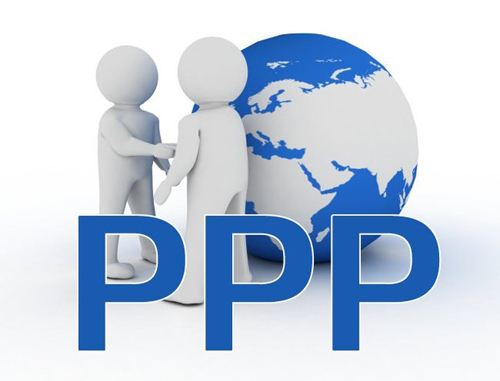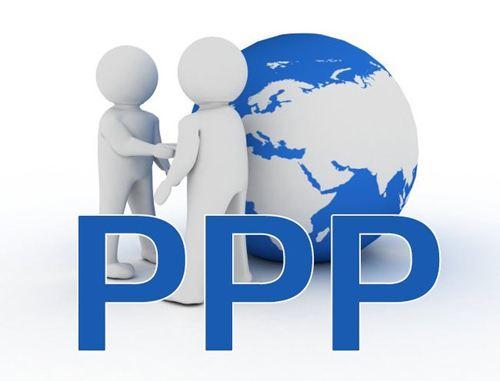
BEIJING, Dec. 12 (Xinhua) – China's central authorities plan to unveil regulations on Public-Private Partnership (PPP) in infrastructure and public service before the end of 2018, in a bid to fuel PPP development, reported China Securities Journal quoting authorities.
Jiao Xiaoping, director of the China Public Private Partnerships Center (CPPPC) of the Ministry of Finance (MOF) revealed that MOF will soon release PPP development guidance on PPP spending, private enterprises' participation and PPP projects to further clarify related policies and priorities.
Experts here believed that the launch of such measures will help further improve China's PPP policy system as well as the quality and effective construction of PPP and infrastructure projects.
The regulations, which shows the more-active attitude of local authorities toward PPP, will provide legal guarantee for PPP projects, reducing uncertainties and preventing risks so as to ensure returns for investment in these projects, said Jia Kang, chief economist of China Academy of New Supply-side Economics.
In Jia's opinion, in order to regulate PPP projects, legalization, transparency and professional teams are the must to ensure sustainable project development, disclose performance improvement mechanism and improve the professional levels of PPP projects.
By relying on the regulations and other favorable measures, PPP will better serve infrastructure construction, noted Luo Ding, an analyst of CITIC Securities (600030.SH).
In terms of investment fields, many analysts think that China's PPP projects will concentrate more on weak-link infrastructure construction, such as transportation infrastructure in central and west China, targeted poverty alleviation projects and ecological projects.
According to experts, China's PPP has shown signs of picking up currently, with projects waiting for approval apparently increased, project quality improved, loans from large banks starting to be provided and promotion by local government enhanced.
However, some concerns on PPP development still exist, such as uncertain project benefits, funding problem and unreasonable operation and construction structure. (Edited by Gu Shanshan)




 A single purchase
A single purchase









